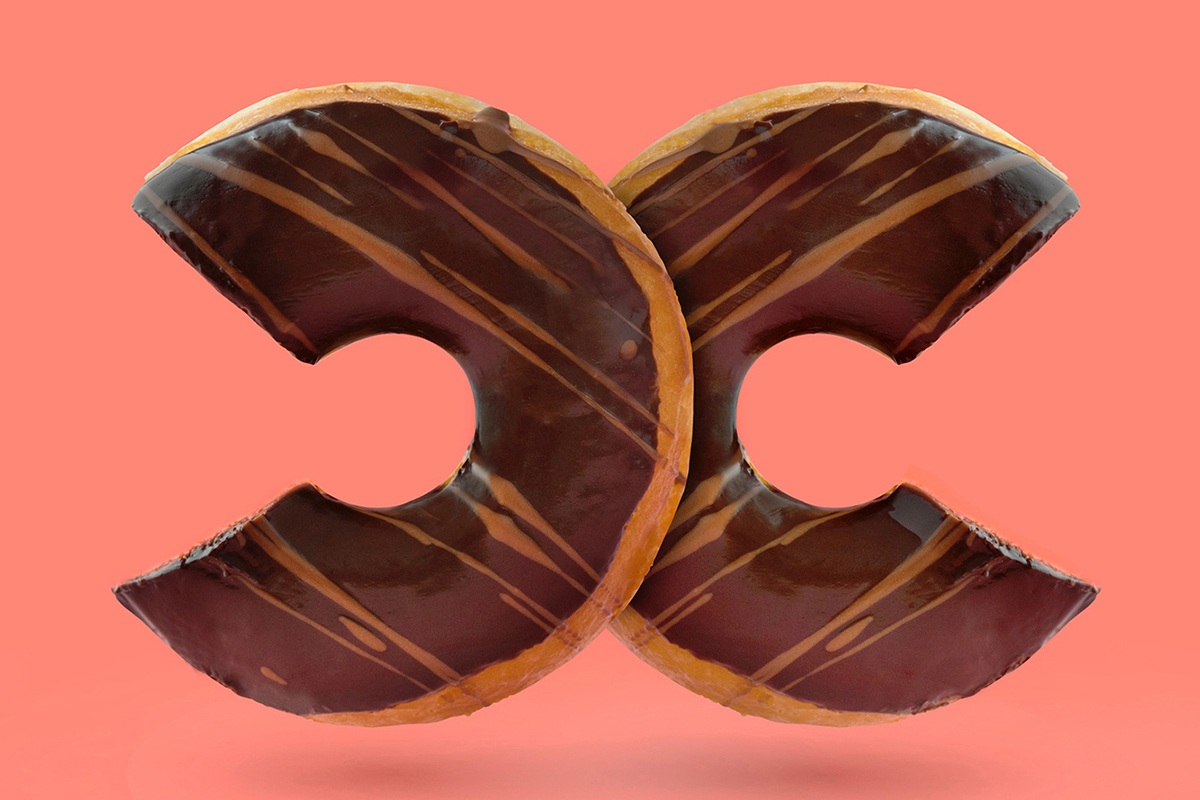How to unlock the power of colour in branding
(6 minute read)
What’s your favourite colour? Odds are that colour – and the many others around you – will be affecting your purchasing decisions when you come into contact with brands and their products. A good marketer will never underestimate the power of colour when it comes to creating a successful brand image, and we’re here to help you understand the psychology behind it all.
Choosing the right colours for your logo and branding will help your business connect with your audience and grow exponentially; choosing the wrong colours will do the exact opposite. Let’s take a closer look at the use of colour in branding and the effects it can have:
The psychology of colour
We humans are highly visual beings, and our minds are hardwired to respond to the colours around us. When we see a red traffic light we know to stop, and when we see a green tick mark we know we’ve done something right.
Psychologists and marketers alike have tried time and time again to definitively classify the specific forms of responses and emotions evoked by particular colours. For example, yellow is said to evoke feelings of optimism and warmth, red is referred to as the colour of excitement and passion, and green is said to represent peace and health.
However, this universal approach isn’t entirely possible to apply. This is because our colour preferences and our responses to colours are too dependent on each individual’s own personal experience to be standardised in this manner. However, it is possible to spot broader messaging patterns regarding the use of colour in branding.
For example, a Cardiff Business School study found that it is the perceived appropriateness of a colour on the part of the audience that determines the suitability of said colour for a particular brand. In other words, does that colour seem to ‘fit’ with the product or service it is promoting?
Another study further confirms that a customer’s purchasing intent is greatly affected by colour as it influences how they perceive the ‘personality’ of the brand. To put this into context, you wouldn’t expect an eco-conscious customer to purchase an energy-efficient lightbulb from a brand that doesn’t portray itself as reliable, ‘green’ and conscientious.
On top of this, yet more studies have shown that customers tend to favour brands that are instantly recognisable, and colour naturally plays a part in making sure a brand stands out from its competitors. Picking the right colour for your brand largely comes down to knowing your audience, predicting their reactions to certain colours and understanding the message that your chosen colour will communicate.
Knowing your audience
Up to 90% of your audience’s snap judgements about your brand and products will be made based on colour alone. With this in mind, it is essential to understand everything there is to know about your audience before you choose your branding colours.
Ask yourself questions such as:
Am I targeting mostly males, mostly females or both?
What is their average age?
What problems do they have?
What do they want our product to achieve for them?
What personality, occupations and income levels do they have?
It is important to get this right if your brand is to succeed. Cultural biases during our upbringing mean that colour perceptions do vary between male and female audiences, so traditionally ‘feminine’ and ‘masculine’ colour perceptions do need to be considered when selecting colours. Females are often drawn to softer shades as well as those with more purple and reddish hues, while males are traditionally more drawn to bolder hues.
Surprisingly, blue comes up as a communally preferred colour across both genders.
The age of your audience will also affect their perceptions of colour (i.e lots of bright, mixed primary colours would appeal more to children than adults, while singular uses of more muted colours would suit an older audience better than a young one).
Make sure you tailor your colour choices to the appropriate age groups when choosing brand colours, and aim for colours that will traditionally appeal to certain personalities too, e.g. bright and loud, professional and serious or adventurous and active.
Know your message
Knowing who your audience is and what they are looking for in your products or services will also help you pin down your colours.
If they’re looking for luxury then you may want to focus on black, gold or deep purple shades to exude this personality and communicate a sense of exclusivity – think Chanel and Louis Vuitton. On the other hand, if you know your audience will value trustworthiness or clear communication you could bias your choices towards blue hues, which have been used successfully by many brands to communicate these precise messages – think Samsung and Twitter.
Using the wrong colour for your branding could send out entirely the wrong message to your audience.
Going back to our example of an eco-conscious brand, choosing red or orange brand colours is more likely to send out a bold or even an aggressively powerful message as opposed to the peaceful, conscientious message you should be aiming for. It is due to this risk of confusion and misunderstanding that it is imperative brands have a clear idea of their message before committing to brand colours.
Know your Competition
If you’re launching a new brand it is essential you check out your competition before you settle on a colour scheme for your logos and branding.
If there’s a lot of competition you’ll need to strike a balance between an appropriate colour for your industry and message, and not looking too similar to established competing brands.
Colour is an essential tool to help you differentiate your brand from all the background noise, so take some time to research all your key competitors and take note of their colour schemes to avoid any accidental duplication and confusion.
Competitor colour analysis can also help show you what not to do. If any of your competitors’ colour schemes look somewhat out of place for your industry or seem to communicate a confused message, you can use this as an guidepoint when deciding which colours to avoid and which to include.
Look to the Future
While it’s important to create a brand that’s relevant to the ‘here and now’, you should also think about the future and whether your chosen colour scheme is likely to remain relevant.
It can be all too tempting to jump on current ‘trendwagons’ to get noticed right now, but the problem with trends is that they tend not to hang around for long, ultimately rendering your brand out of date before long.
Every year the design industry is flooded with current colour trends, but make sure you research your potential colours thoroughly to see which have stood the test of time and which have fallen behind before you commit.
The right colour will ensure your brand is instantly recognisable while reinforcing the personality of your business. By following these essential steps you’ll give your business the best chance of unlocking this incredible power, ultimately helping it to grow and succeed.
Can we help you bring you branding to life? Let’s talk about the colours that are right for you.




